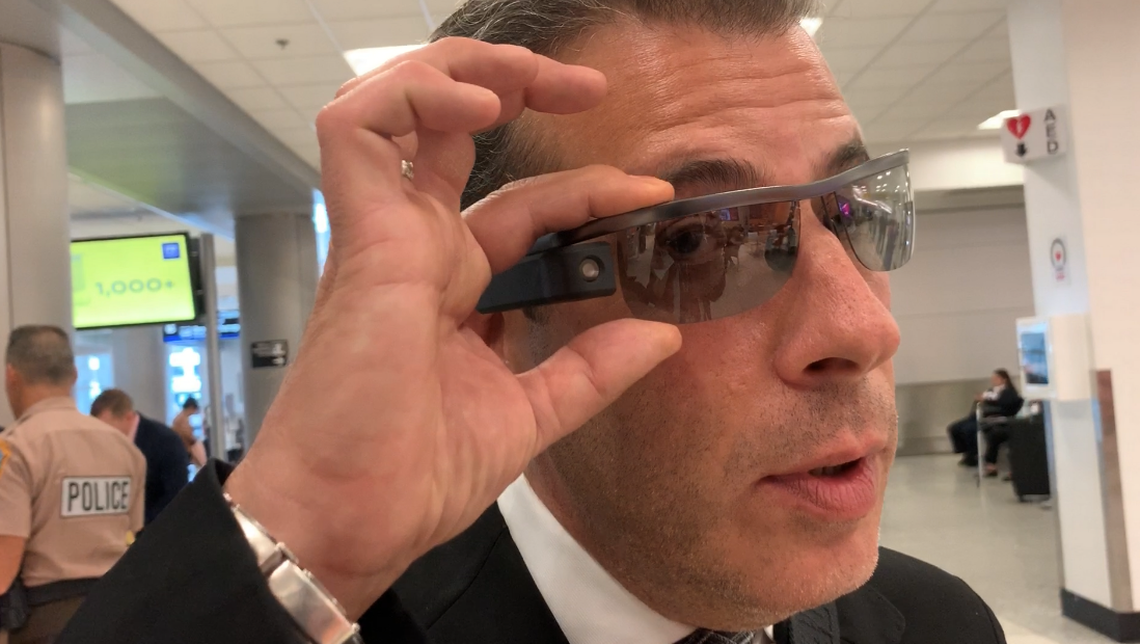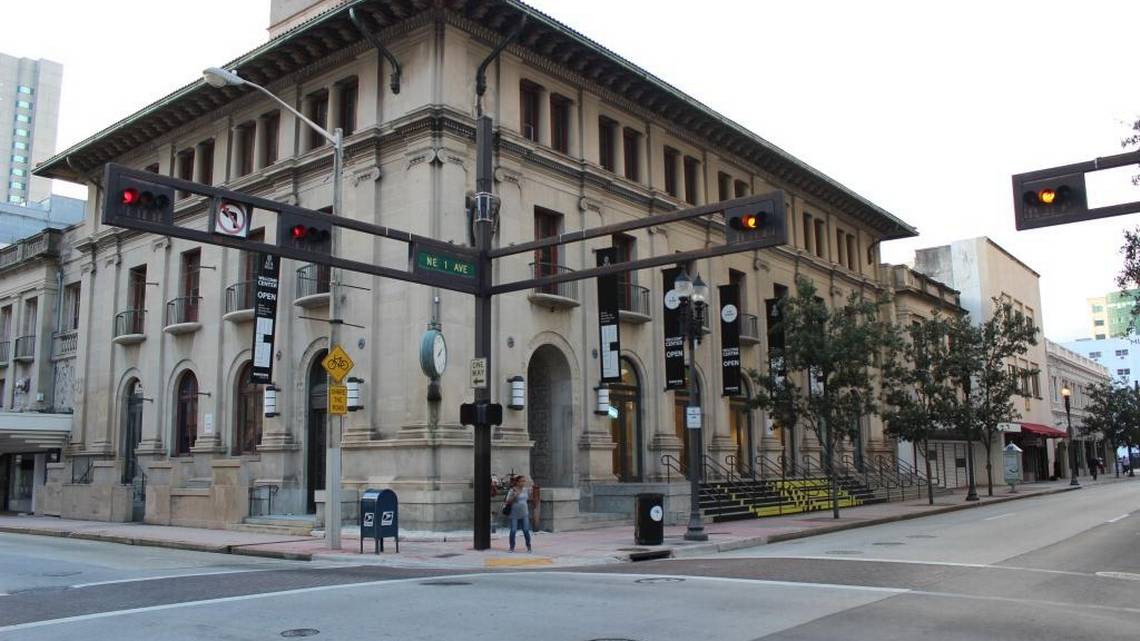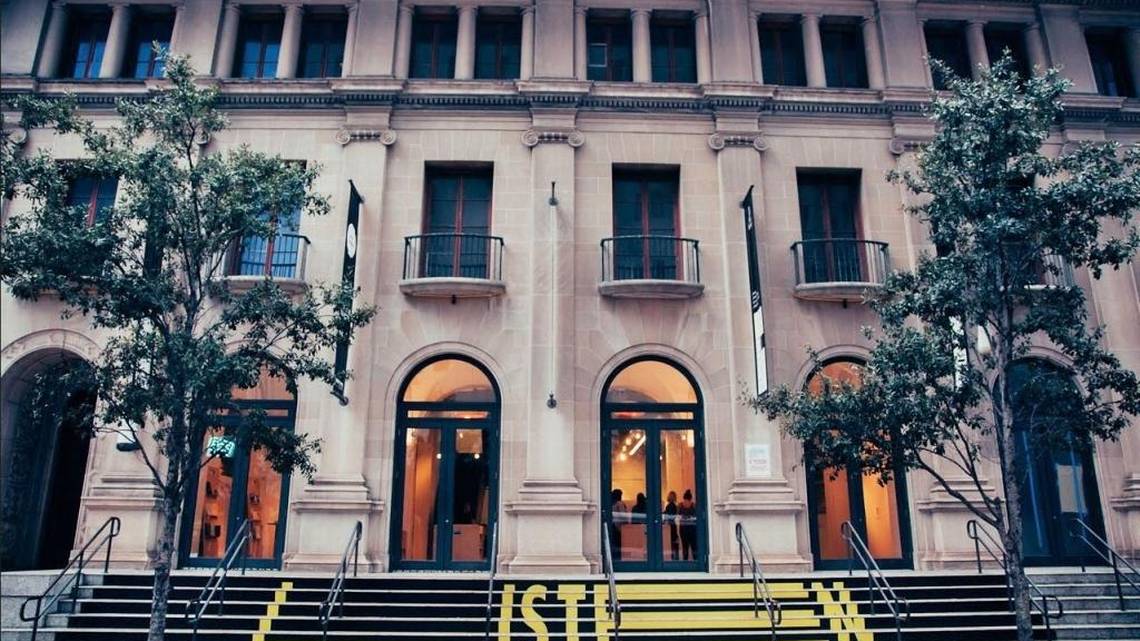Click here to read the original article on MiamiHerald.com
Travelers who are blind or visually impaired will now have the option to request a real-time digital agent at Miami International Airport — and all it takes is a flick of the thumb.
“It’s the best time to be blind,” said Virginia Jacko, the president and CEO of Miami Lighthouse for the Blind and Visually Impaired, “because technology — when it’s properly designed — technology is our best friend.”
MIA, which serves an average of 3.8 million total passengers a month, is the first airport in South Florida to offer Aira, a free mobile app that connects travelers with a live agent who will help them navigate through the busy airport in real time, an Aira spokesman said.
Similar to video calling apps like Facetime, Skype and WhatsApp, the service utilizes the smartphone’s camera to get a live feed of the passenger’s location and has voice talk capabilities. The employee will then be able to help guide travelers through the TSA checkpoint, find a restaurant, bathroom or their departure gate.
Besides giving directions, the agent can also provide up-to-date flight information, help passengers identify their luggage, warn them of possible hazards like a wet floor sign, construction or even call an Uber or Lyft.
The service is “liberating,” said R. David New, the founder of South Beach Jazz Festival and an Aira “traveler” who demonstrated how the app works during a news conference Friday morning at Miami International Airport.
“It gives me the opportunity to live completely independently and have autonomy in my own life,” New said. “Before, it was a lot of guessing. I mean my guide dog is great and she guides me but she can’t tell me if I’m in front of a Taco Bell or KFC.”
New, a Miami Beach resident, was left blind and deaf after a rare illness more than a decade ago and was paralyzed from the waist down. He regained his ability to walk and hear, but not his sight.
He started using the service several years ago and prefers to wear the wireless camera-equipped glasses that come with one of the company’s “Horizon Kit” subscription plans, which start at $124 a month for 120 minutes, according to Aira’s website.
The cheapest personal subscription plan listed on the website is $29 per month for 30 minutes. The app also allows non-subscribers to make five-minute calls for free, according to an Aira spokesman.
But, travelers won’t have to count their minutes at MIA. It’s free.
The airport is footing a $10,000 bill for a year of unlimited calls inside the airport, including the parking garages, said Greg Chin, an airport spokesman. The app will also switch to the airport’s minutes once a subscriber enters into the airport’s “geo-fence.”
“What we’re really trying to do at the airport is to get it more accessibility friendly,” said Jessica Marin, a special projects administrator of operations and the airports ADA coordinator.
Marin said the airport had been doing its own internal research on how to improve accessibility when one of the company’s employees, who is blind and volunteers with Miami Lighthouse for the Blind and Visually Impaired, suggested the service.
MIA is the newest member to join the AAAE-Aira Airport Network, which includes more than a dozen other airports across the country, including the St. Pete–Clearwater International Airport, said an Aira spokesman. Miami Beach, where New lives, partnered with the service in August.
Miami-Dade County has more than 67,000 adults who are visually impaired, according to the GuideStar profile of Miami Lighthouse for the Blind and Visually Impaired, which provides a variety of services to the blind and visually impaired community, including teaching them how to use a variety of technology, like Aira, to empower themselves.
“Independence is freedom and when we are blind, even if we have a guide dog … to not have to grab somebody’s arm and ask them to do sighted guide and help us but to do it alone,” Jack said. “That’s independence.”
The app is free to download from the Apple App Store and Google Play Store. The free service is already available at Miami International Airport. For a list of frequently asked questions, including how to use Siri with it, visit aira.io and click “FAQ.”
HOW TO SET IT UP
▪ Activate your smartphone’s accessibility features if you haven’t already. For iPhones, the feature you want to turn on is called “VoiceOver” and can be found in Settings. For Androids, you’ll want to turn on the feature “Talkback.”
▪ Download the free app “Aira” from the Apple App Store or the Google Play Store.
▪ Enter your phone number and that’s it. Your account is created.



